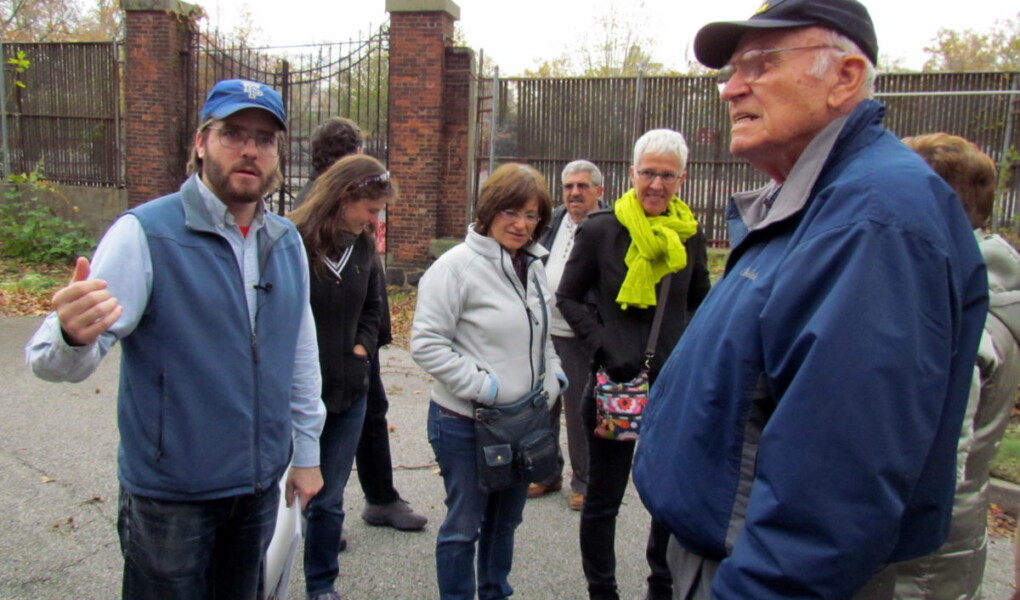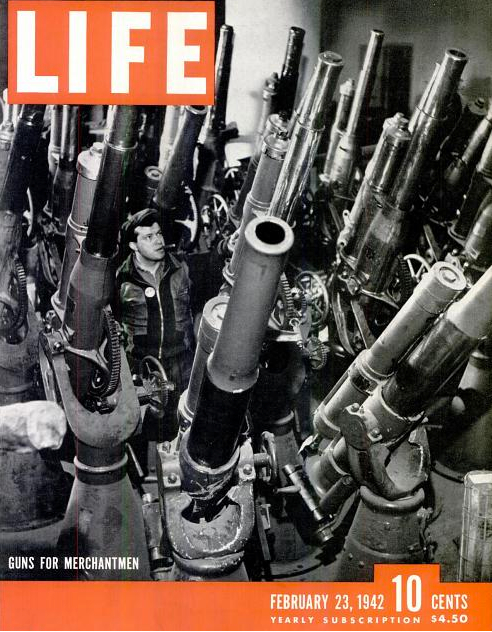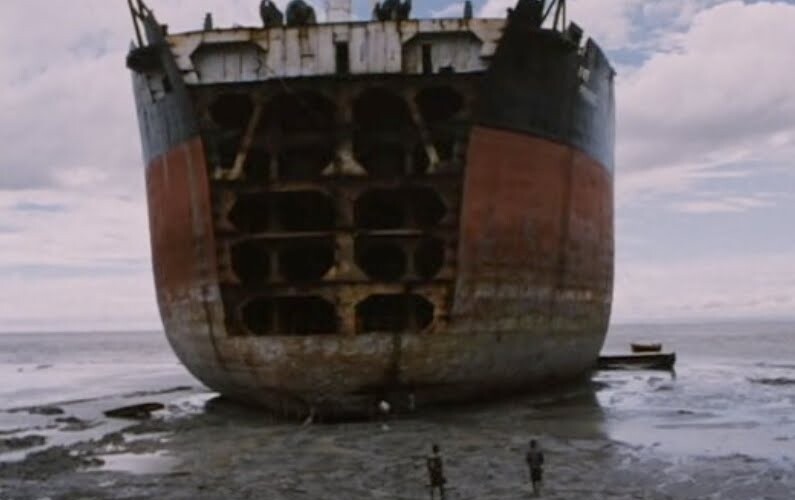While developing our new tour about the World War II history of the Brooklyn Navy Yard, we encountered a fascinating – and largely untold – history of the oft-forgotten service branch, the Merchant Marine. While the wartime exploits of the Army, Navy, Marines, and Army Air Corps are often celebrated, merchant seamen have received short shrift, both in the history books and in real life.
When we first offered the tour as a sneak preview for veterans and their families in early November, we were privileged to be joined by a veteran of the Merchant Marine who served in the Atlantic theater during the war, a gentleman by the name of Paul Mager. I do not use the word “veteran” lightly – while it may seem an obvious moniker to apply to someone who provided essential wartime service in the middle of a combat zone, that status had been denied to Mr. Mager and his compatriots for decades, so it holds particular meaning for them.
The history of the Merchant Marine begins shortly before World War II. Conventional history states that the war caught America largely off guard – in 1939, the US Army had only 190,000 soldiers, ranking it 17th in the world – but in fact, shrewd military planners had the foresight to plant the seeds of eventual victory long before war broke out in Europe. One of these seeds was an ambitious plan begun in 1938 to expand the size of the Navy and its shore support facilities, including the Brooklyn Navy Yard (which we explored in an earlier blog post). Another was the establishment of the US Maritime Service that same year to ensure the country had a steady supply of able merchant seamen in the coming war.
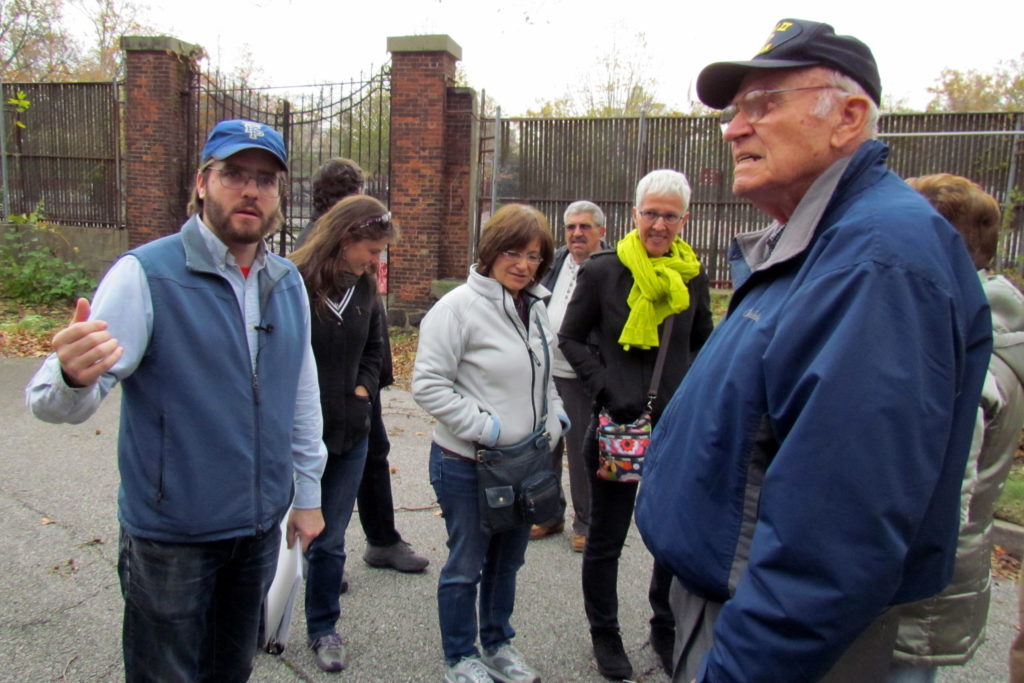
When war did finally come to the United States, the need for merchant mainers was so great that an academy was quickly set up in Sheepshead Bay, Brooklyn – where Mr. Mager trained – and in 1943, the US Merchant Marine Academy was established in Kings Point, Long Island. New York City has long had its own nautical training school; the SUNY Maritime Academy was established in 1873, and is the oldest school of its kinds in the United States. Originally housed on a series of training vessels that moored in various locations around New York Harbor, the school has been located at Fort Schuyler in the Bronx since 1934, and it trained sailors throughout the war.
Merchant Marines were engaged in the longest battle of the war – the Battle of the Atlantic, fought over the vital supply lines to Europe – and they fought longer than any other branch of the service. When the United States began providing aid to the UK and USSR through the Lend-Lease program, beginning in March 1941, it put American merchantmen right in the line of fire of the German navy. Before the US officially entered the war on December 7, 1941, nine American merchant vessels were attacked by Germany, and six seamen lost their lives.
By early 1942, America had begun to build up its military might, but the war did catch America’s coastal shipping somewhat unprepared. In the early months of 1942, German U-boats roamed the Atlantic and Gulf coasts largely unchallenged, sinking over 600 vessels, and even slipping past New York Harbor undetected. Convoys dispatched to Europe ran a terrifying gauntlet as submarine wolf packs picked them off, often within sight of the port they had just left – the worst month was June 1942, when 146 Allied vessels were struck. But new convoy tactics, larger escort parties, and armed merchant vessels turned the hunters into the hunted. U-boat attacks steadily declined, and U-boat sinkings increased; by war’s end, Germany’s submarine service had suffered a staggering casualty rate of 70%.
The Brooklyn Navy Yard was a vital link in this chain across the Atlantic. It served as the headquarters of the Third Naval District, which commanded most of the convoy traffic in the North Atlantic, and New York City – especially Brooklyn, which was home to the massive Army Terminal and Bush Terminal – was the largest embarkation point for troops and supplies in the United States. The Navy Yard also outfitted merchant vessels for service in the war zones, equipping more than 450 ships with guns to fend off marauding enemy submarines and aircraft. But most importantly, the Yard kept naval and merchant vessels afloat, repairing and outfitting more than 5,000 Allied vessels over the course of the war.
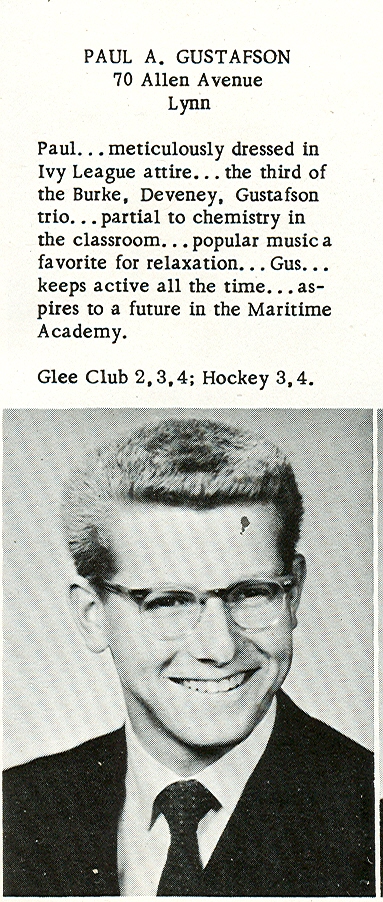
Merchant seamen suffered a higher casualty rate than any of the other service branches – 1 in 25 men who put to sea never came home, or a 4.02% casualty rate, far higher than the 2.94% for the Marines, 2.08% for the Army, 0.24% for the Coast Guard, and 0.88% for the Navy. In addition to the hazards of the sea and submarines, merchant seamen had to contend with other challenges. While soldiers, sailors, Marines, Coastguardsmen, and airmen received their pay whether they were on base or on the front lines, merchant sailors were not paid if they were not working aboard a ship, even if their ship was blown up and sunk from under them. As Paul Mager told us, “As soon as you hit the water, your pay stopped.” If men were presumed lost at sea and later turned up alive, they were forced to repay out of their own pockets any insurance benefits their families had received, despite the fact they weren’t earning a penny while shipwrecked, marooned, or imprisoned in an enemy POW camp.
Although President Roosevelt himself had called these men to serve their country, they had served valiantly in the line of fire, and they had returned fire to the enemy, they were not considered “veterans.” In fact, some people – including famous gossip reporter Walter Winchell – went so far as to call them “draft dodgers,” saying they had shirked military service by slipping off to an apparent life of leisure at sea during the war. Bizarrely, joining the merchant service did not earn you a deferment from the draft if you took a shore leave of more than 30 days. My own father had always dreamed of enrolling in the Merchant Marine Academy; he even said so in his high school yearbook when he graduated in 1959. Unfortunately, he learned that even by attending the academy and doing his mandatory service in the maritime industry, he would not be guaranteed a deferment from the draft (he instead enrolled in Norwich University, a private military academy in Vermont, and his age and family status kept him out of the draft).
But perhaps the far graver injustice was done to these men after the fighting had stopped. Because they lacked veteran status, they were denied pensions, medical care, educational benefits, and service credit. It was not until 1988 that merchant seamen were officially recognized as veterans of World War II, and many still struggle to receive the full measure of the benefits due to them, nearly 70 years after their valiant service to their country.
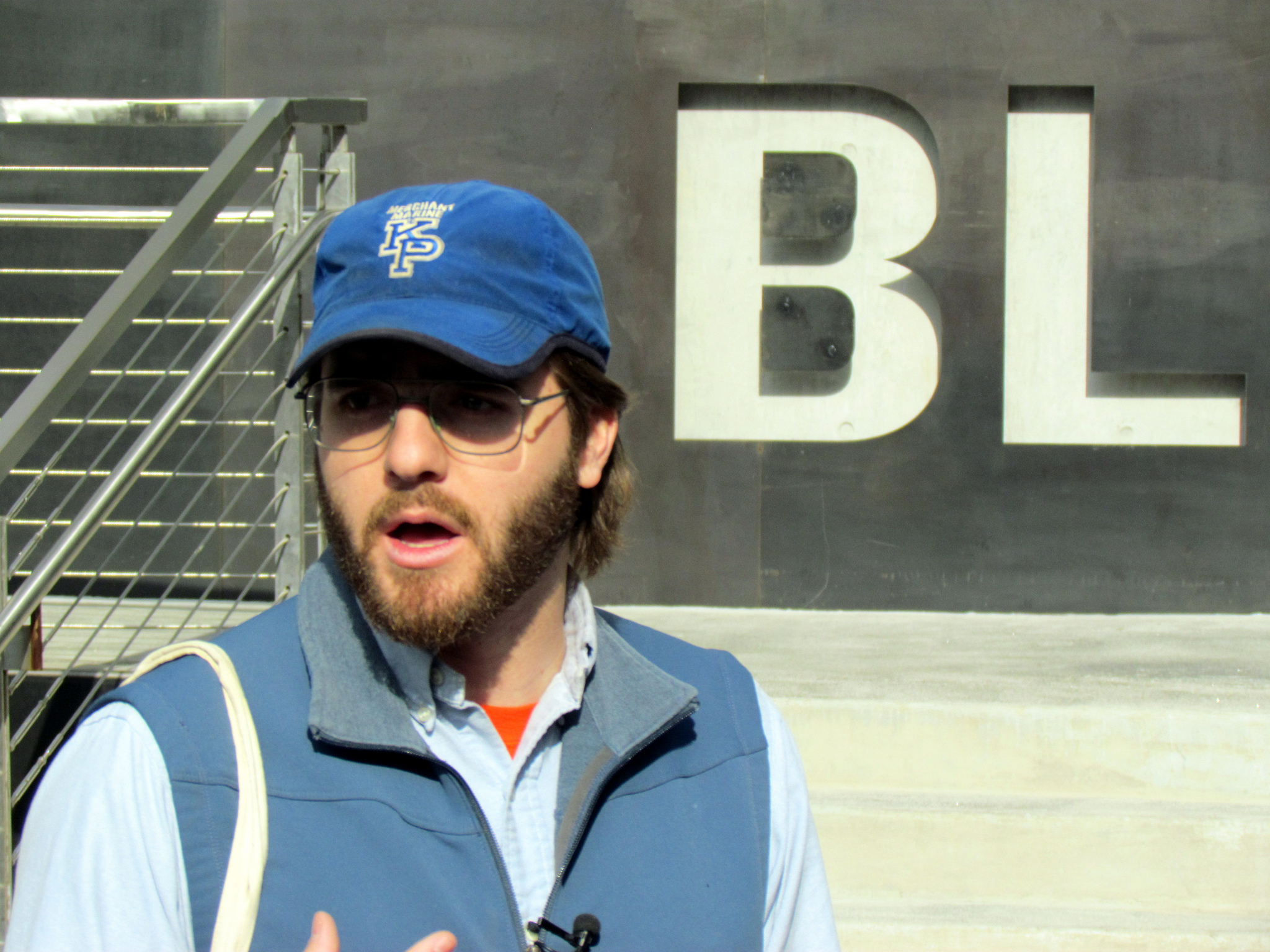
We hope that on our tours, we can at least shed a little light on the rich history of the Merchant Marine, and their invaluable service to their country in World War II. In addition to visiting the Brooklyn Navy Yard, you can also learn more about them by visiting the US Merchant Marine Academy Museum in Kings Point. We visited there a couple of years ago with a friend who was a merchant seamen and had spent 15 years living on ships. They have some fantastic exhibits – our favorite was a massive collection of tea cups taken from vessels that passed through the Panama Canal – and you can enjoy lunch in their Officers Club, which has stunning views of Long Island Sound. The SUNY Maritime Academy also has a museum, and it features a scale model of the Brooklyn Navy Yard. And the next time you are in Lower Manhattan, take a moment to stop by the American Merchant Mariners’ Memorial in Battery Park, which commemorates the 8,651 men who lost their lives in the line of duty in World War II.

